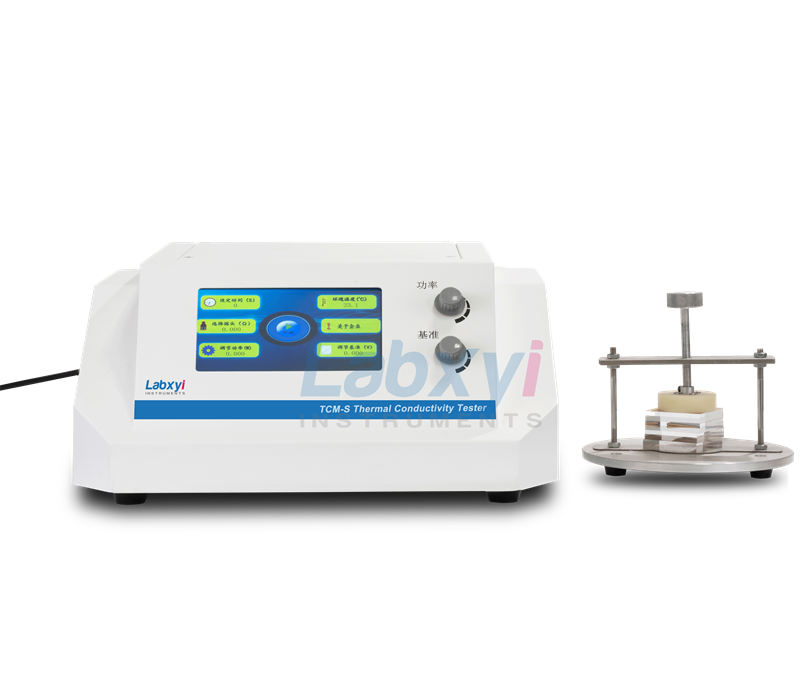The thermal conductivity test of metals is an important technology in materials science. It is crucial for companies to evaluate the thermal conductivity of materials and optimize their use in products. The measurement of thermal conductivity of metals has broad application prospects in the fields of energy and construction. Thermal conductivity refers to the amount of heat passing through a unit area per unit time, and is an important criterion for measuring the thermal conductivity of materials.
There are many methods for testing the thermal conductivity of metals, among which the most common ones are the hot plate method, the heat flow meter method, and the heat source method. This time we used a thermal conductivity meter developed by transient planar heat source technology (TPS) to test the thermal conductivity of metals. Compared with other measurement methods, the transient heat source method has a fast measurement speed, a wide measurement range, and is more convenient and quick to operate.
1. Experimental Principle and Equipment
The transient plane heat source method is an accurate and fast method for studying thermal conductivity. It is a new technology that can quickly and accurately measure thermal conductivity when studying materials. This method uses a double-helix planar probe, which is a planar probe etched from a thermal resistive material, as both a heat source and a temperature sensor. During the test, the probe is placed in the middle of the sample for testing. When current passes through the probe, a certain temperature rise will occur, and a certain voltage change will occur on the probe. The generated temperature will diffuse through the samples above and below the probe. The diffusion rate depends on the thermal conductivity of the sample. How to analyze and process the collected data through the upper computer digital model software to calculate the thermal conductivity.
The experimental equipment used in this experiment is the TCM-S thermal conductivity tester produced by Xiangyi Instruments Xiangtan Limited (see Figure 1-1 below).
This experiment mainly includes the host, the sample to be tested (aluminum oxide block), the probe, and the data acquisition software.
2. Experimental steps and operations
- Turn on the experimental equipment and make equipment adjustments and preparations.
- Place the probe in the middle of the sample and clamp the sample to be tested with a fixture, making sure the probe is placed in the center of the sample (see Figure 1-2 below).
- Set the device interface, time, probe resistance, power, and benchmark.
- Open the host computer analysis software to connect the data and fill in the relevant parameters such as resistance and power. Click Start Test and wait for the host buzzer to sound. Click the software to analyze the thermal conductivity (as shown in Figure 1-3 below).
- After the test is completed, wait for 10 minutes until the sample and probe have cooled down, and then repeat the above steps to perform a repeatability test.

